 May 13, 1991: Apple releases System 7, the biggest upgrade to the Mac operating system since the original Mac shipped in 1984. System 7 is whip-fast, beautiful to look at, and boasts a bevy of innovative features.
May 13, 1991: Apple releases System 7, the biggest upgrade to the Mac operating system since the original Mac shipped in 1984. System 7 is whip-fast, beautiful to look at, and boasts a bevy of innovative features.
The longest-lasting of Apple’s classic Mac operating systems, it will remain current until System 8 replaces it in 1997.
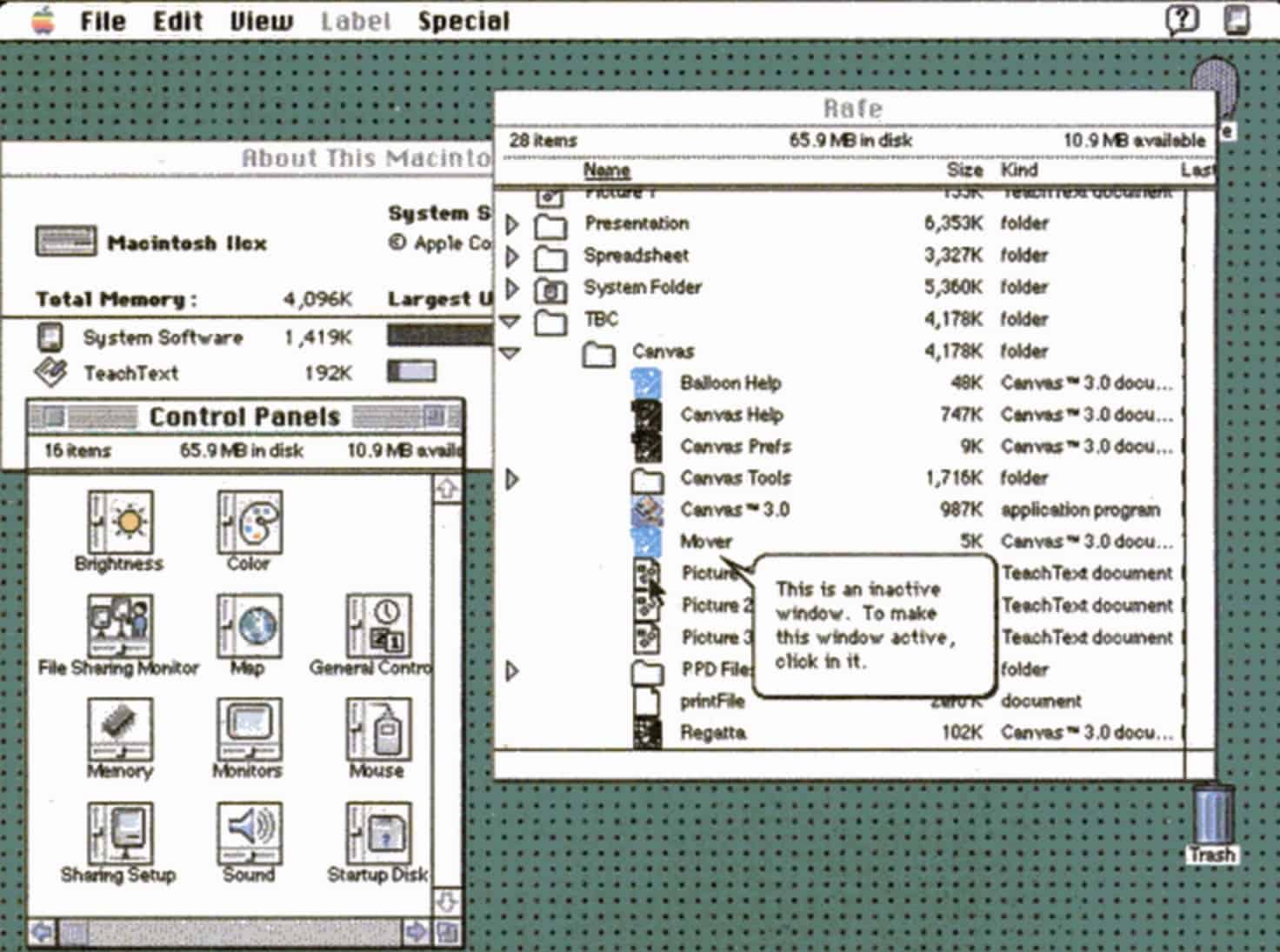
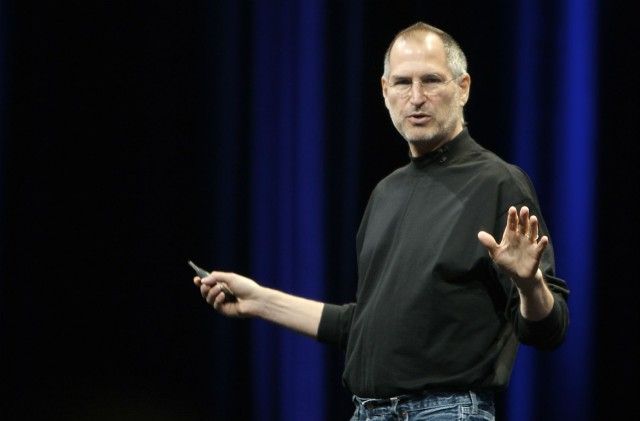
 May 11, 1998: As part of his
May 11, 1998: As part of his 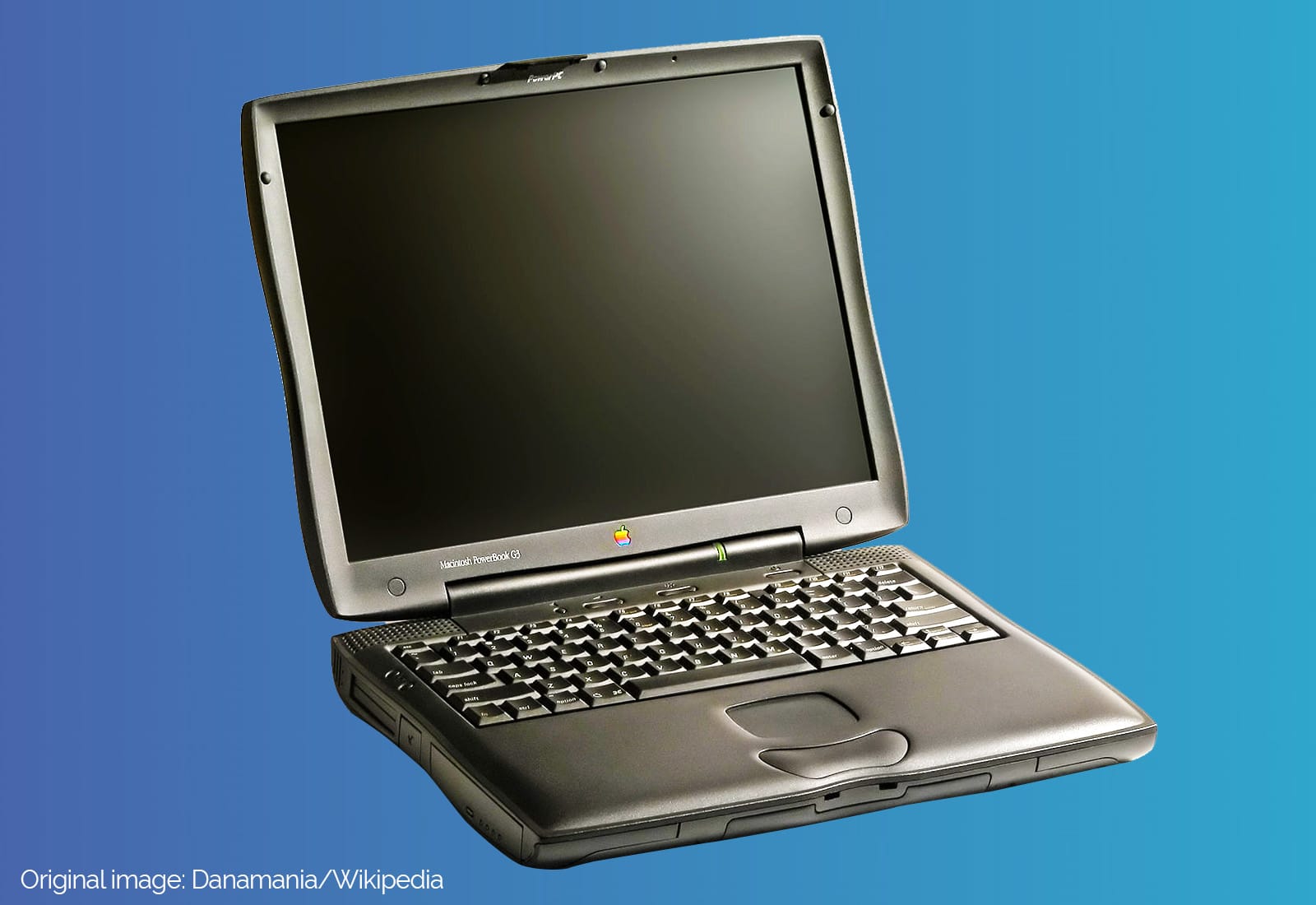
 May 10, 1999: The third-generation PowerBook G3 comes in 20% slimmer and 2 pounds lighter than its predecessor, but most people remember the laptop for its “bronze” keyboard.
May 10, 1999: The third-generation PowerBook G3 comes in 20% slimmer and 2 pounds lighter than its predecessor, but most people remember the laptop for its “bronze” keyboard.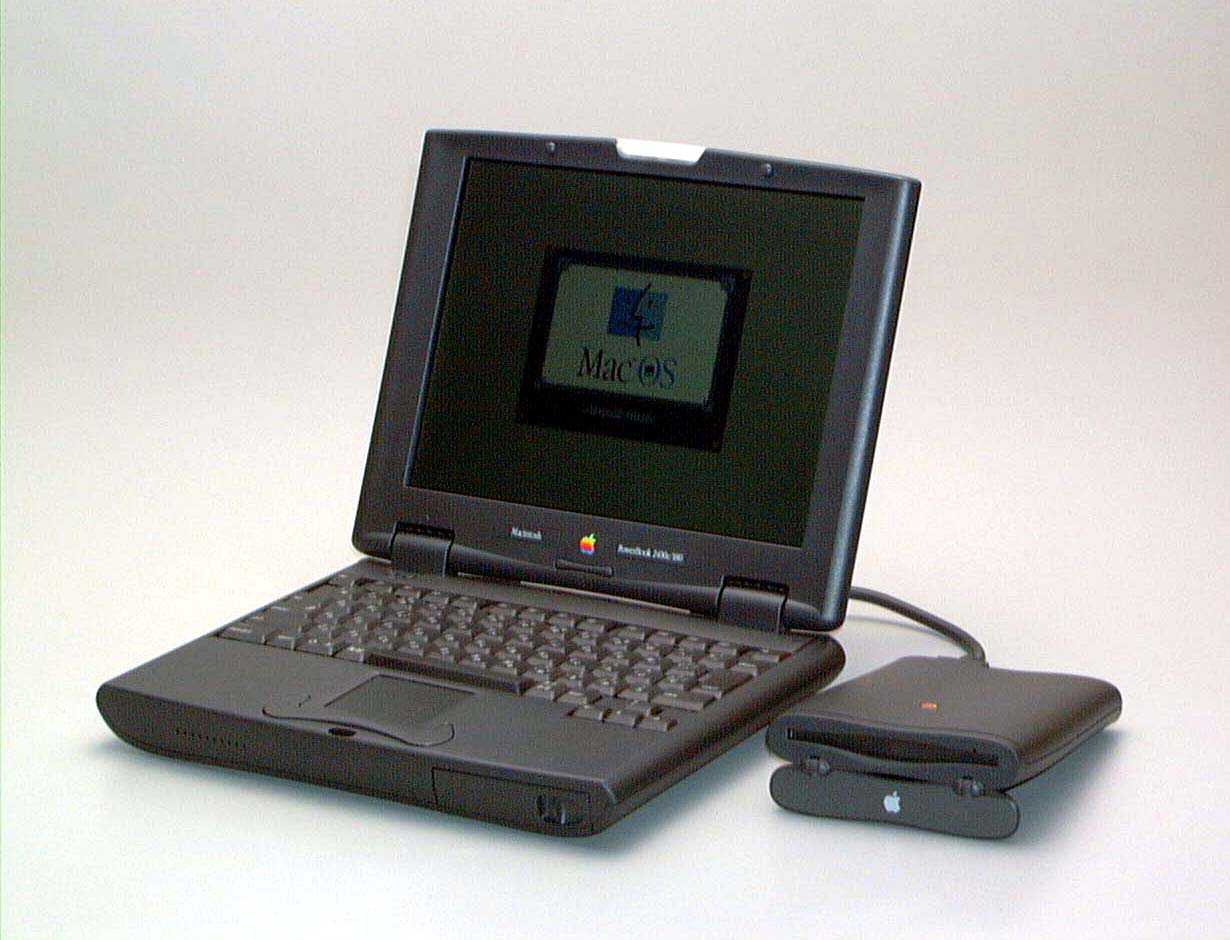
 May 8, 1997: Apple launches the PowerBook 2400c laptop, a 4.4-pound “subnotebook” that’s the MacBook Air of its day.
May 8, 1997: Apple launches the PowerBook 2400c laptop, a 4.4-pound “subnotebook” that’s the MacBook Air of its day.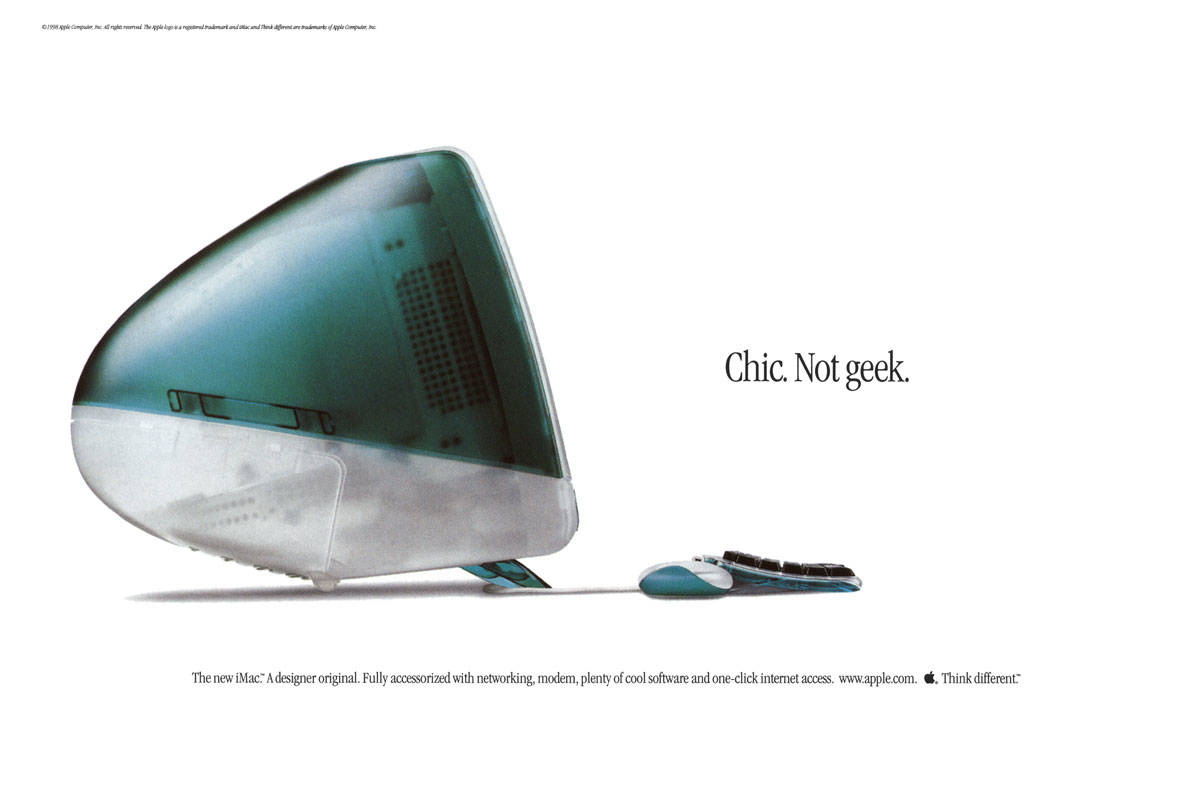
 May 6, 1998: Steve Jobs unveils the iMac G3, a brightly colored, translucent computer that will help save Apple.
May 6, 1998: Steve Jobs unveils the iMac G3, a brightly colored, translucent computer that will help save Apple.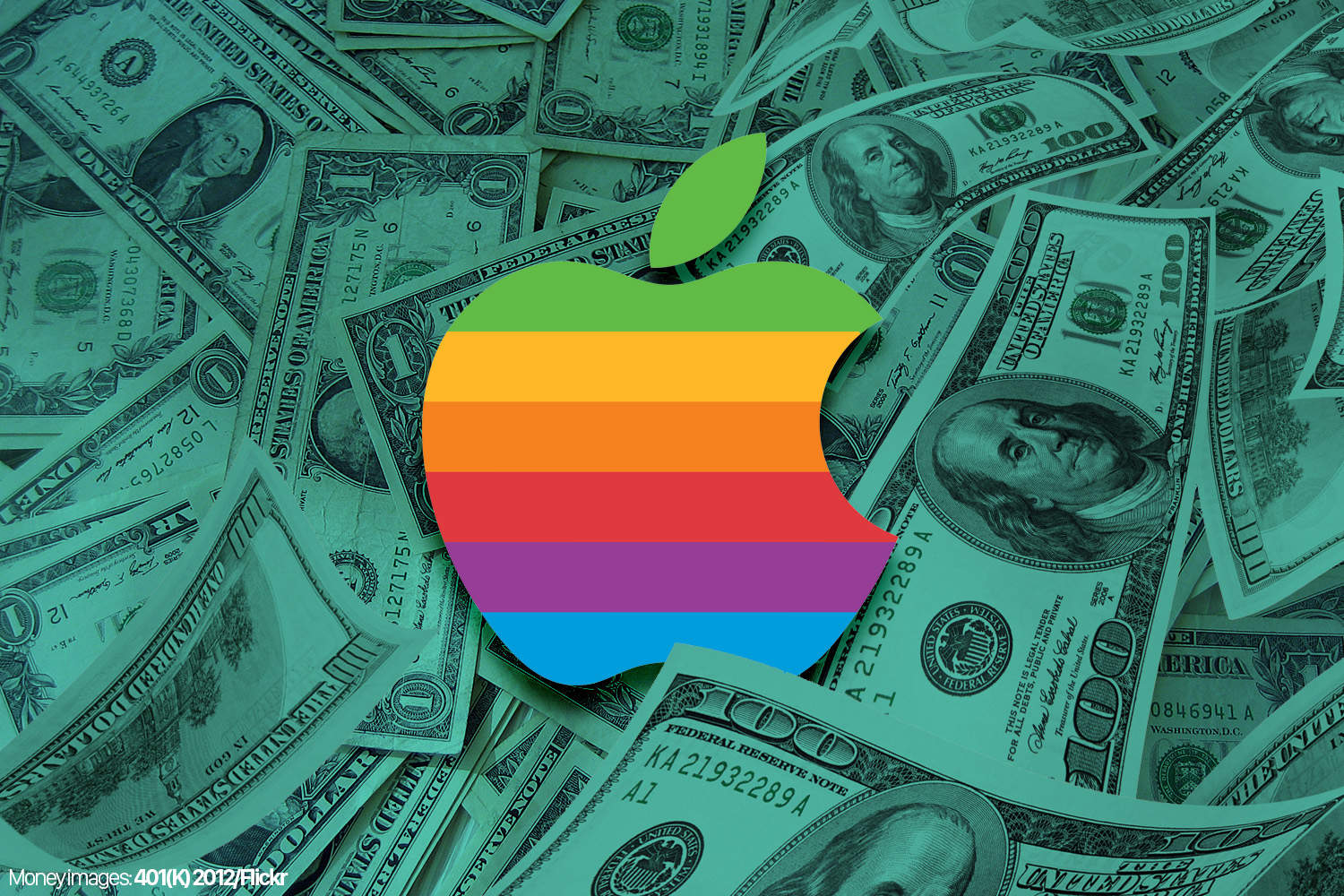
 July 15, 1998: Apple reports its third profitable quarter after the return of Steve Jobs, continuing the company’s remarkable turnaround.
July 15, 1998: Apple reports its third profitable quarter after the return of Steve Jobs, continuing the company’s remarkable turnaround.
 April 29, 1997: Steve Jobs’ friend
April 29, 1997: Steve Jobs’ friend 
 December 13, 1994: Apple strikes a deal with Bandai, Japan’s largest toymaker, to license Mac technology for the creation of a new videogame console.
December 13, 1994: Apple strikes a deal with Bandai, Japan’s largest toymaker, to license Mac technology for the creation of a new videogame console.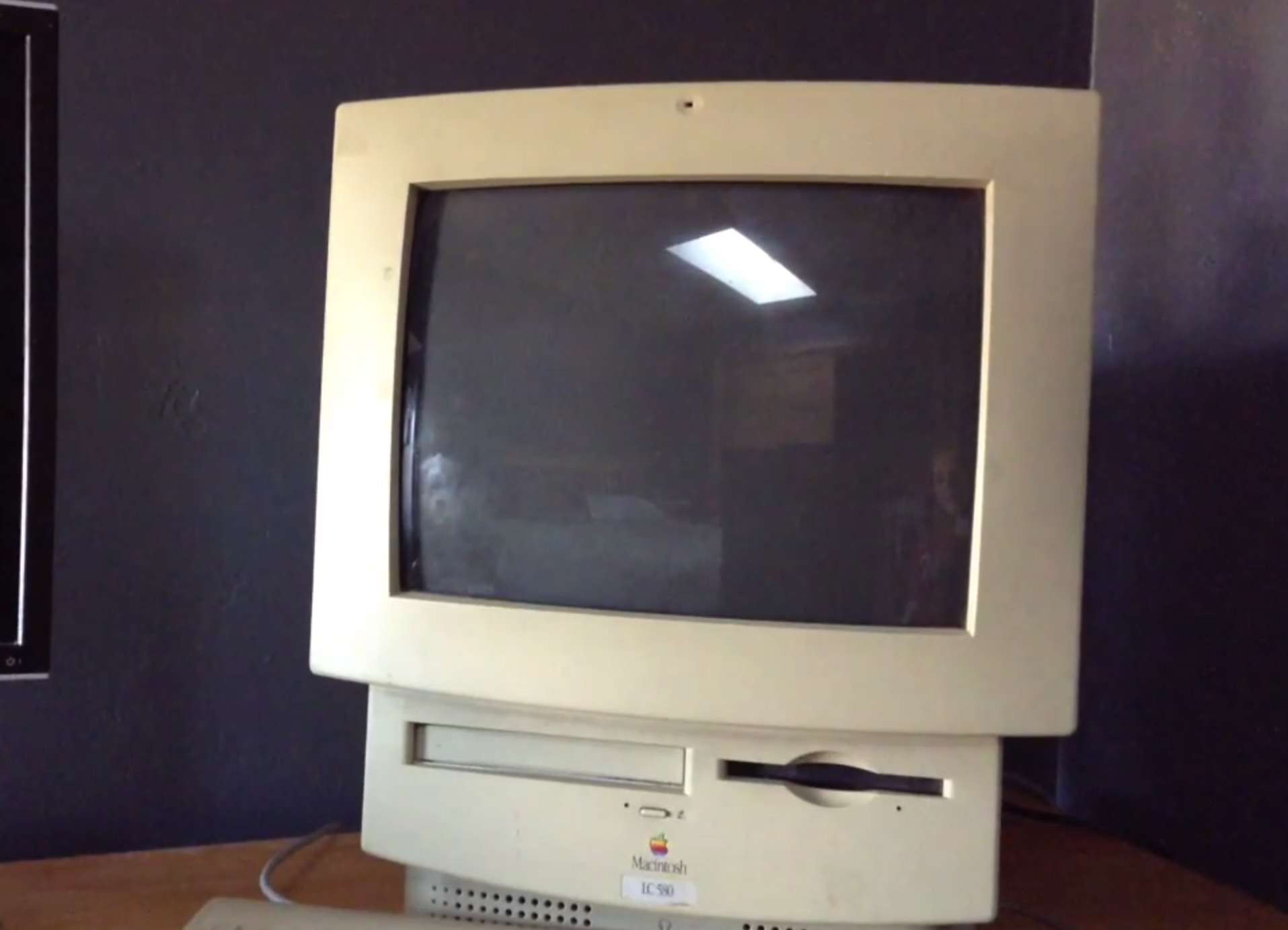
 April 3, 1995: Apple introduces the Macintosh LC 580, an affordable computer offering good multimedia capabilities on a budget.
April 3, 1995: Apple introduces the Macintosh LC 580, an affordable computer offering good multimedia capabilities on a budget.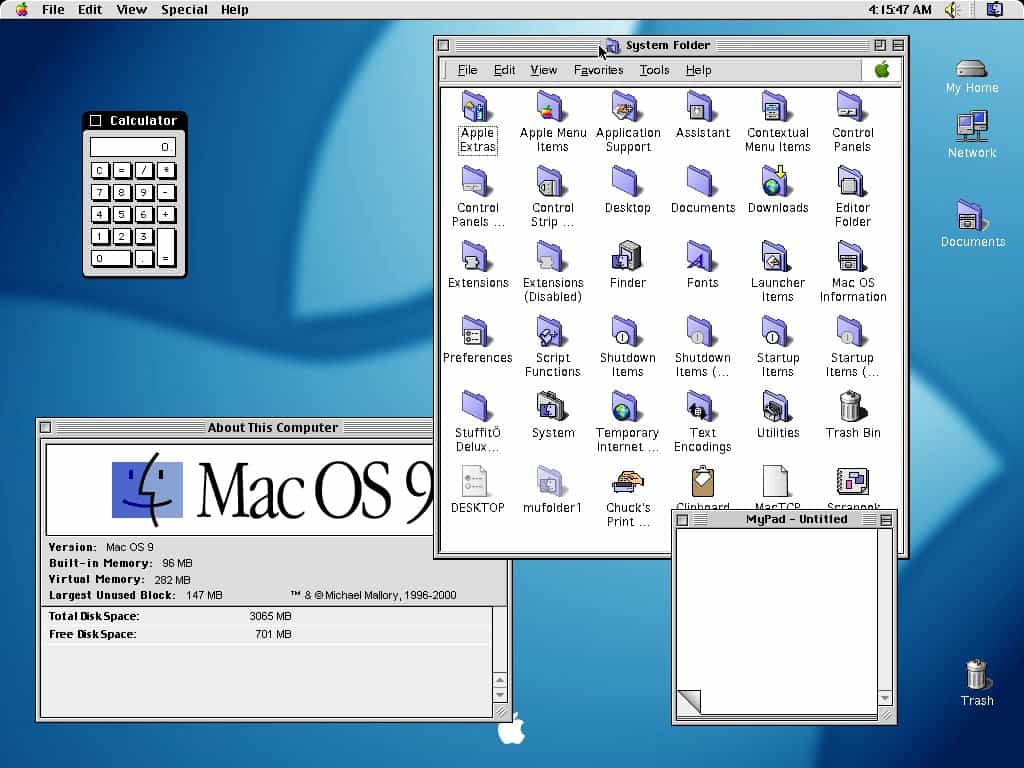
 October 23, 1999: Apple releases Mac OS 9, the last version of the classic Mac operating system before the company will make the leap to OS X a couple years later.
October 23, 1999: Apple releases Mac OS 9, the last version of the classic Mac operating system before the company will make the leap to OS X a couple years later.
 November 22, 1995: Toy Story, Pixar’s first feature-length movie, lands in theaters. The charming film wows the world with the wonders of computer animation.
November 22, 1995: Toy Story, Pixar’s first feature-length movie, lands in theaters. The charming film wows the world with the wonders of computer animation.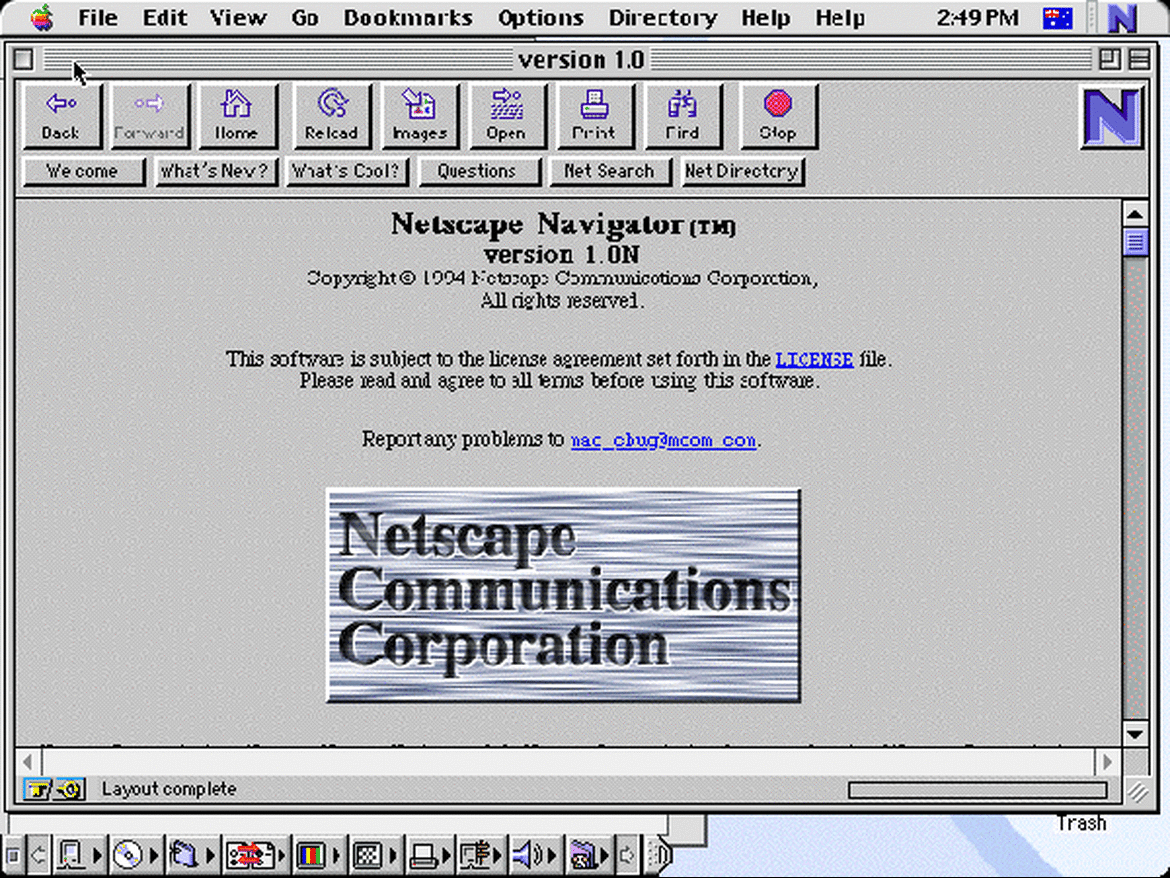
 August 9, 1995: Netscape Communications, the company behind the Macintosh’s then-web browser Netscape Navigator, floats on the stock market.
August 9, 1995: Netscape Communications, the company behind the Macintosh’s then-web browser Netscape Navigator, floats on the stock market.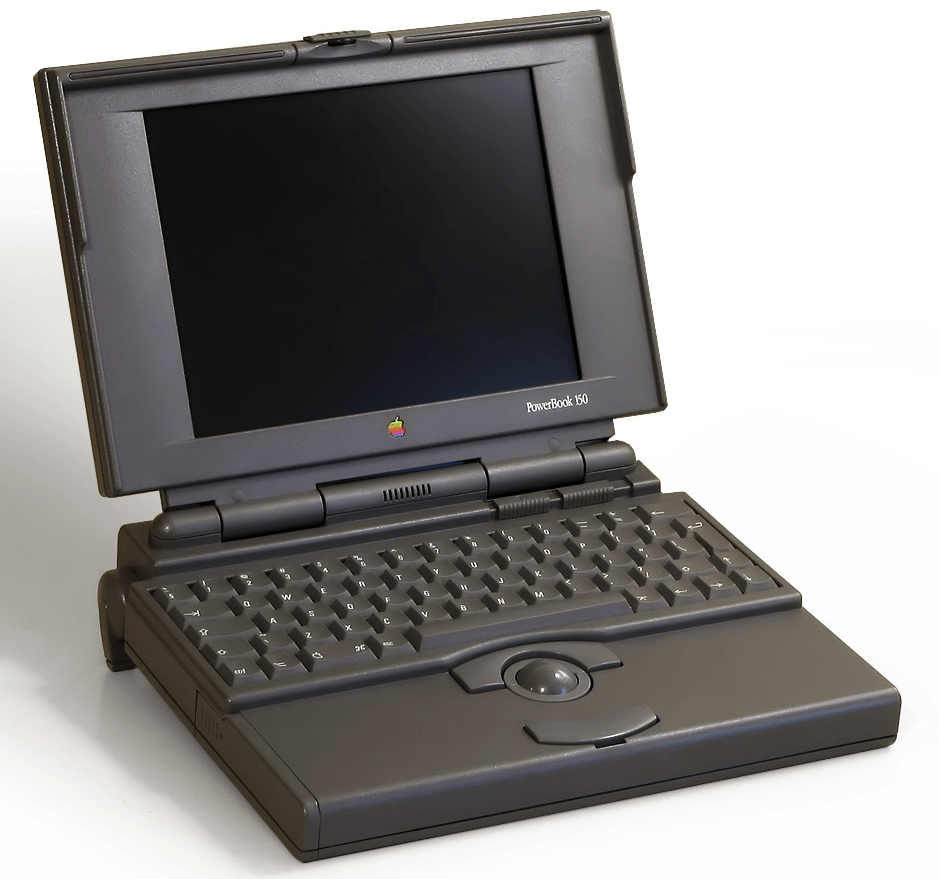
 July 18, 1994: Apple ships its PowerBook 150 laptop, the company’s first truly affordable PowerBook — and the last to feature the original case design, which included a built-in trackball mouse.
July 18, 1994: Apple ships its PowerBook 150 laptop, the company’s first truly affordable PowerBook — and the last to feature the original case design, which included a built-in trackball mouse.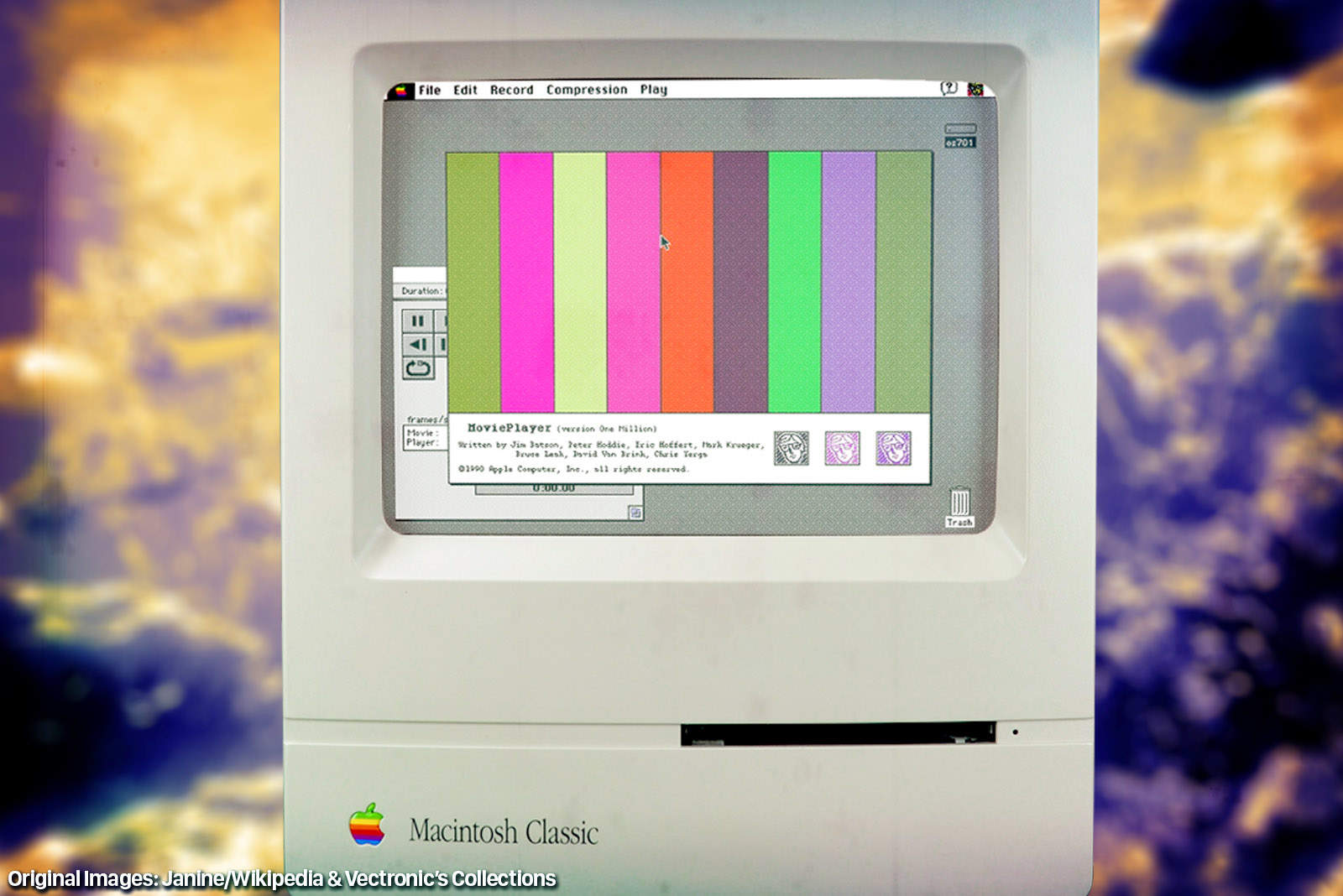
 July 8, 1991: The first beta version of QuickTime arrives, making it possible for people to play movies on their Macs for the first time, with no extra hardware needed.
July 8, 1991: The first beta version of QuickTime arrives, making it possible for people to play movies on their Macs for the first time, with no extra hardware needed.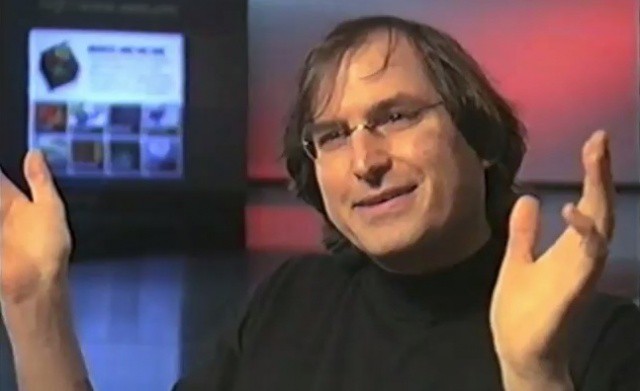
 July 7, 1997: Apple CEO Gil Amelio officially steps down from his role, turning the company over to the returning Steve Jobs, who immediately begins making his presence felt.
July 7, 1997: Apple CEO Gil Amelio officially steps down from his role, turning the company over to the returning Steve Jobs, who immediately begins making his presence felt.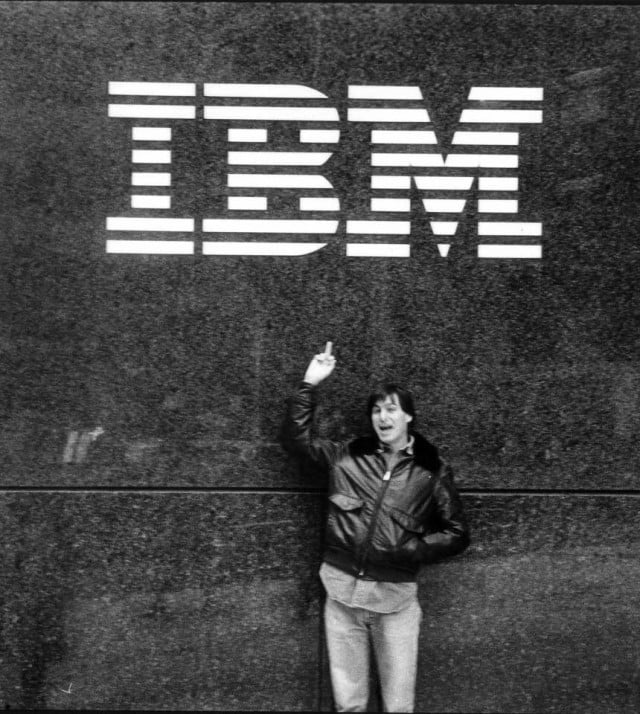
 Given its position as the company’s
Given its position as the company’s 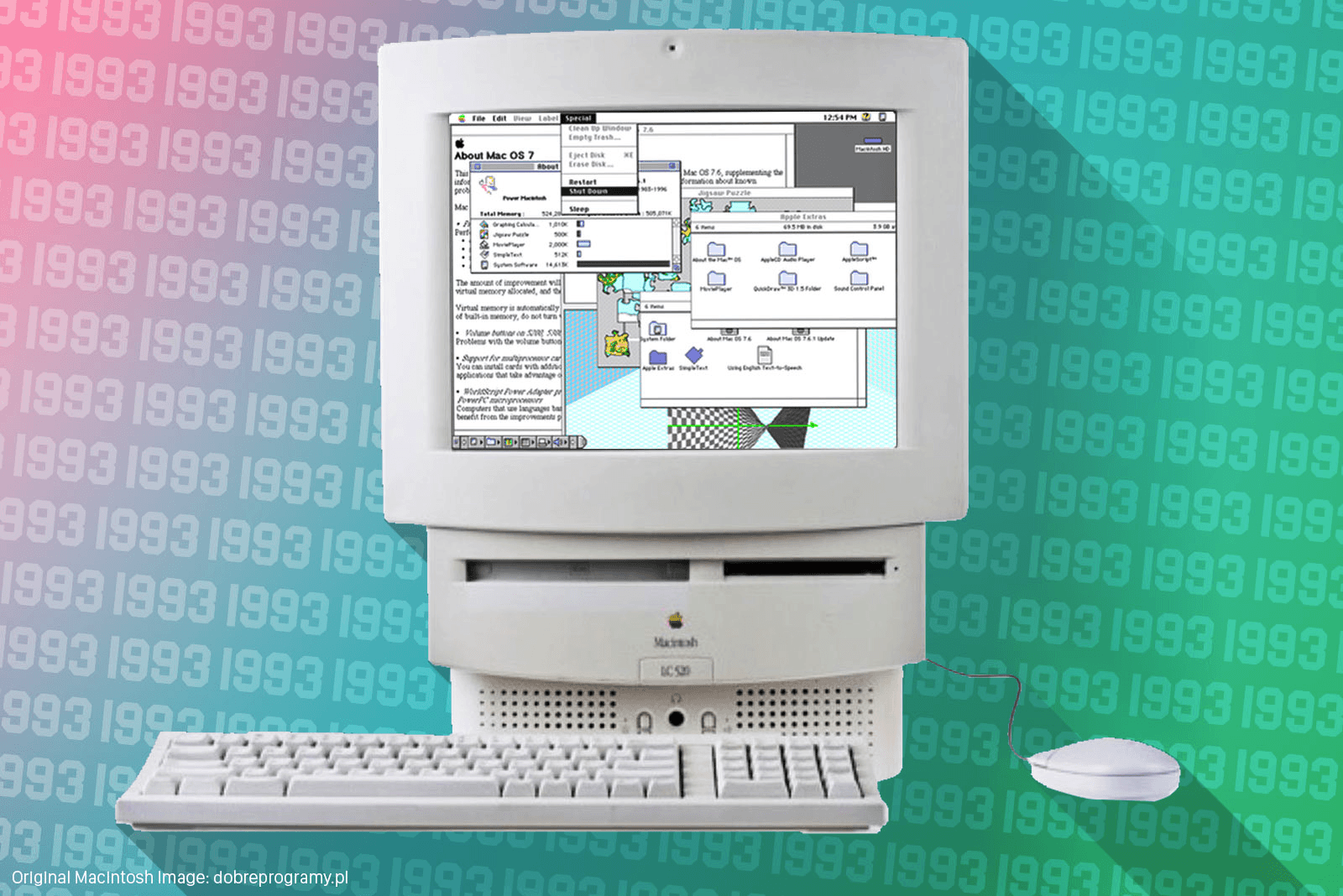
 Arriving on this day in 1993, the Macintosh LC 520 was among the first of Apple’s LC 500 series of medium-price Macs.
Arriving on this day in 1993, the Macintosh LC 520 was among the first of Apple’s LC 500 series of medium-price Macs.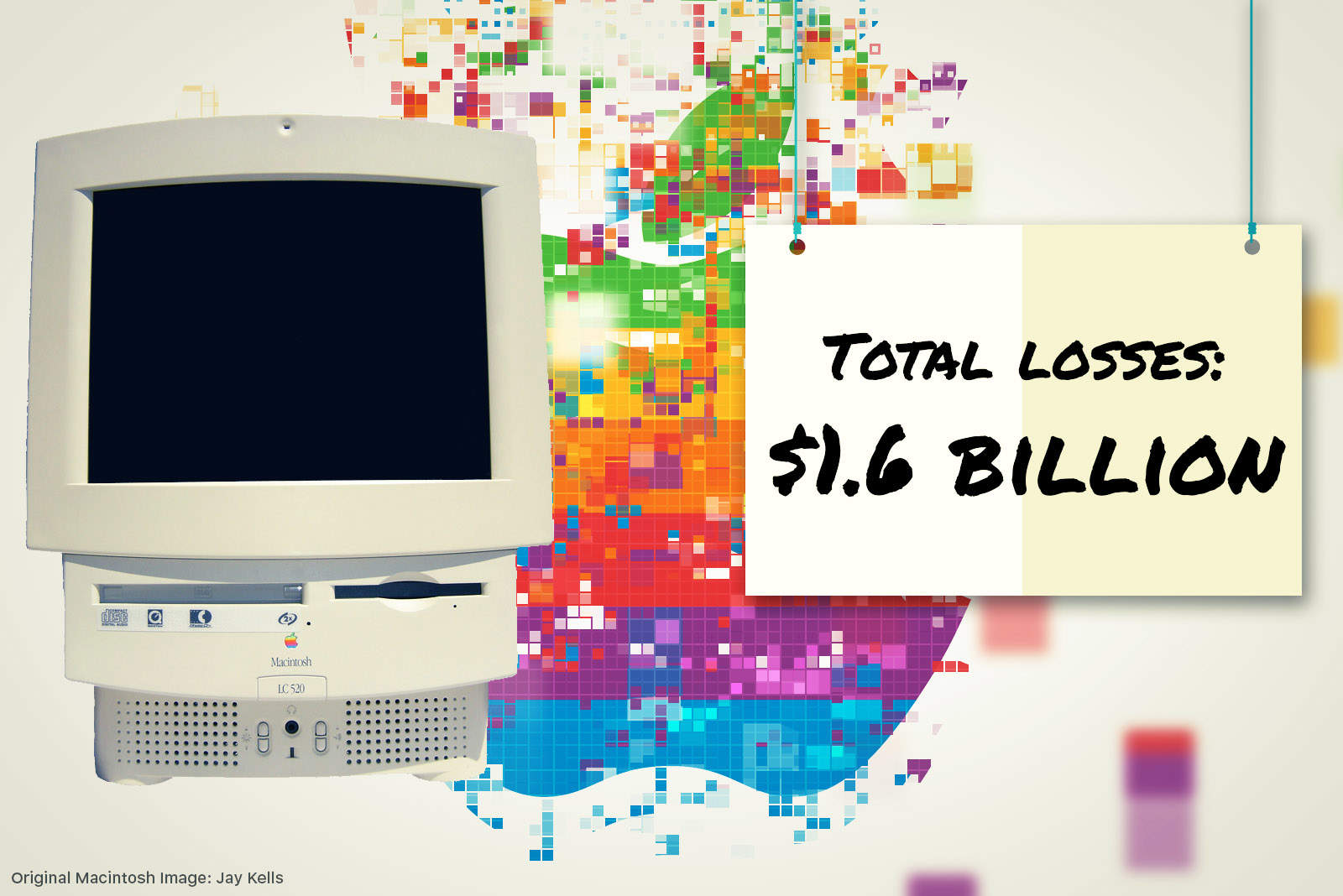
 27 June 1997 marked the last day in the worst financial quarter in Apple history, in which Apple lost $56 million — effectively bringing an end to then-CEO Gil Amelio’s 500 days running the company.
27 June 1997 marked the last day in the worst financial quarter in Apple history, in which Apple lost $56 million — effectively bringing an end to then-CEO Gil Amelio’s 500 days running the company.
 On June 20, 1994, Apple launched its short-lived eWorld service. Why is eWorld so significant? Because it represented Apple’s first deep dive into being a provider of internet services — several years before Steve Jobs returned to the company and embraced the importance of going online.
On June 20, 1994, Apple launched its short-lived eWorld service. Why is eWorld so significant? Because it represented Apple’s first deep dive into being a provider of internet services — several years before Steve Jobs returned to the company and embraced the importance of going online.